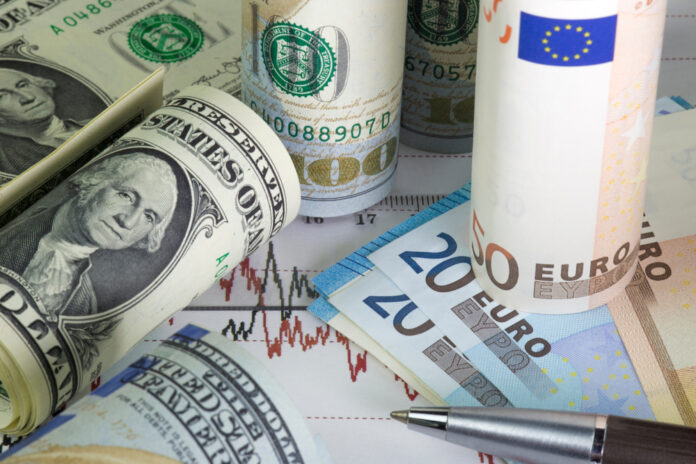The U.S. dollar continued to decline on Wednesday, weighed down by uncertainty surrounding President Donald Trump’s proposed tax and spending bill. Meanwhile, the British pound gained ground following stronger-than-expected inflation data.
As of 04:30 ET (08:30 GMT), the U.S. Dollar Index—which measures the greenback against a basket of six major currencies—dropped 0.4% to 99.595, extending its two-day slide to 1.3%.
U.S. Tax Bill Faces Resistance; G7 in Focus
President Trump’s tax reform plan encountered pushback from several lawmakers, with a key vote expected in the House of Representatives on Wednesday. According to nonpartisan estimates, the bill could add between $3 trillion and $5 trillion to the national debt. This comes just a week after Moody’s downgraded the U.S. credit outlook over concerns about rising fiscal deficits.
A combination of widening debt, trade tensions, and diminishing investor confidence has driven the dollar down nearly 8% year-to-date.
Traders are also cautious ahead of the G7 finance ministers’ meeting in Canada, which concludes Thursday. Analysts at ING noted a “low-probability, high-impact” risk that the G7 may revisit its commitment to freely floating exchange rates, potentially allowing for a weaker dollar. “If speculation is correct and the U.S. is indeed pushing for stronger foreign currencies, it could spur gains in those currencies while deepening pressure on the dollar,” ING added.
Sterling Surges on Surprising Inflation Jump
In Europe, GBP/USD climbed 0.2% to 1.3419 after U.K. inflation data exceeded expectations. April’s consumer price index rose to 3.5%, up from 2.6% in March, marking the highest annual rate since January 2024 and the steepest monthly increase since 2022.
However, ING analysts pointed out that much of the spike stemmed from a rise in road tax, along with seasonal factors such as higher airfare and holiday prices due to the timing of Easter. While markets largely expect the Bank of England to hold rates in June, the data does not rule out a possible rate cut in August.
Elsewhere, EUR/USD advanced 0.4% to 1.1324, as traders turned to the euro amid growing dollar weakness. The common currency held steady despite a phone call between Presidents Trump and Putin showing no breakthrough in the Russia-Ukraine conflict.
“The next resistance level is 1.150, though achieving that likely requires softer U.S. data or more positive developments on the geopolitical front,” ING noted. “For now, 1.130 looks like a more realistic short-term target.”
Yen Rises on Trade Data; Yuan, Aussie Also Gain
In Asia, USD/JPY dropped 0.3% to 144.08 after Japan’s trade balance unexpectedly narrowed in April. A stronger yen and elevated U.S. tariffs curbed exports, while imports held up better than projected.
The Chinese yuan also strengthened, with USD/CNY slipping 0.2% to 7.2083, supported by broader dollar weakness. Tensions between the U.S. and China resurfaced after Beijing criticized new restrictions on Chinese semiconductor companies and condemned Washington’s push to ban Huawei chips globally. Chinese officials warned that such actions could threaten the fragile 90-day trade truce.
Meanwhile, AUD/USD recovered 0.4% to 0.6442, rebounding from losses following the Reserve Bank of Australia’s25 basis point rate cut on Tuesday.



